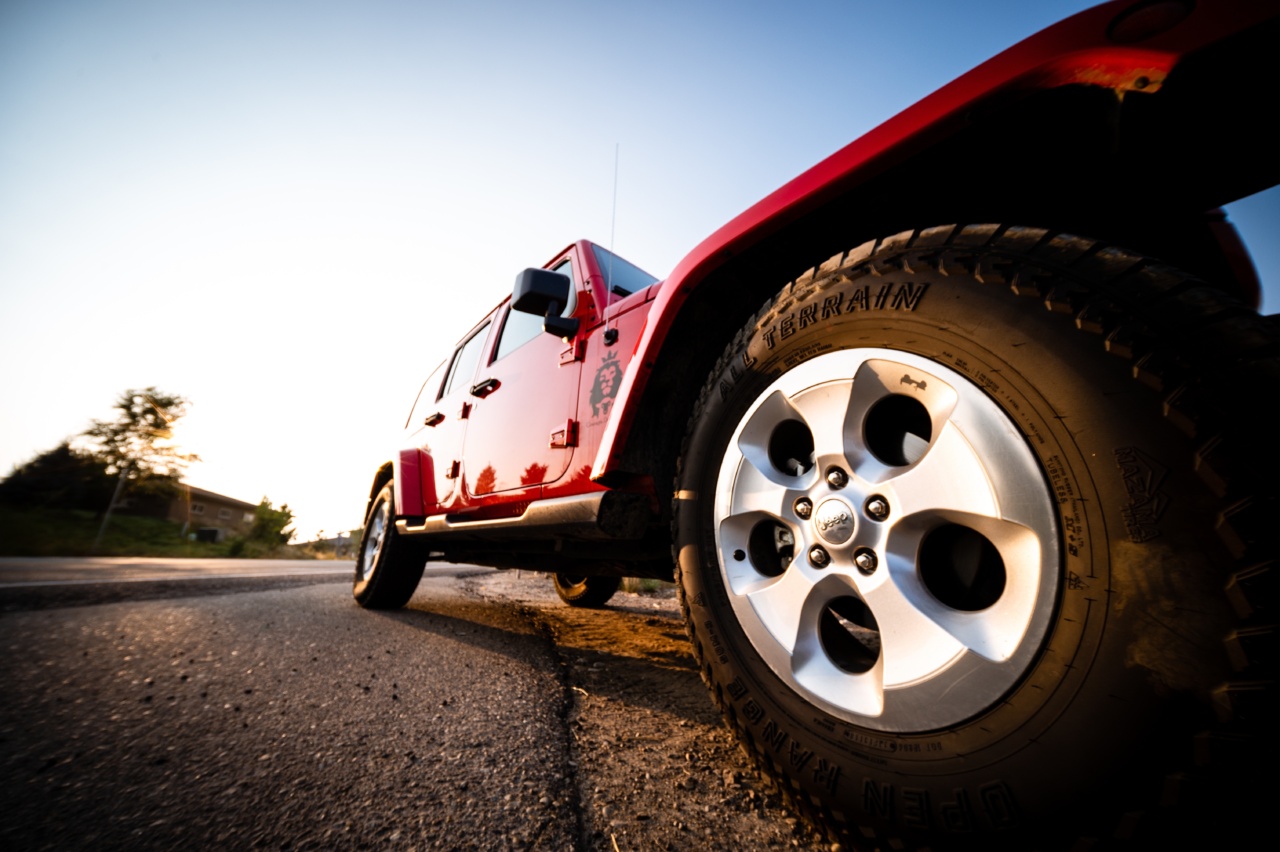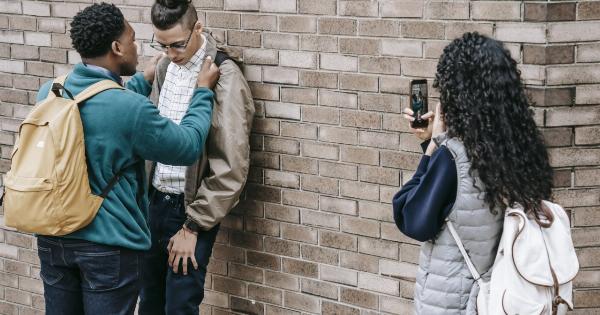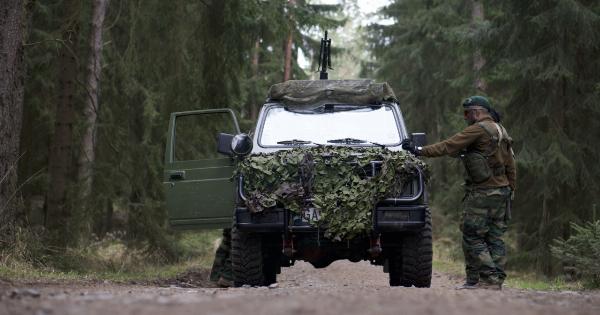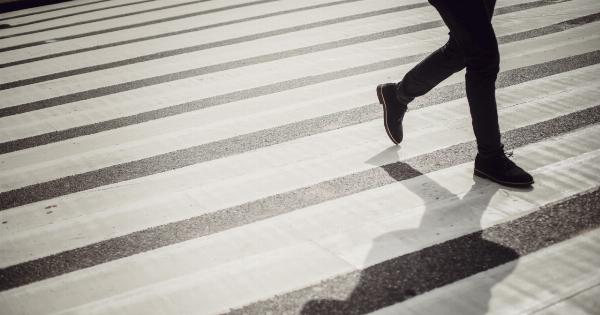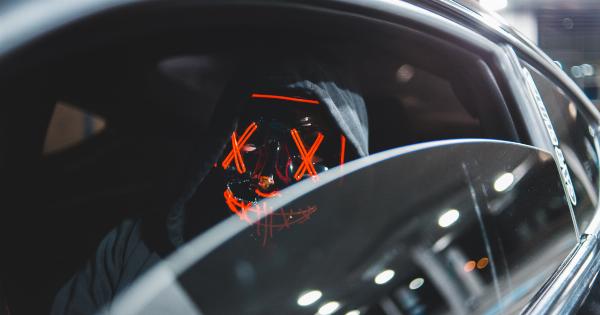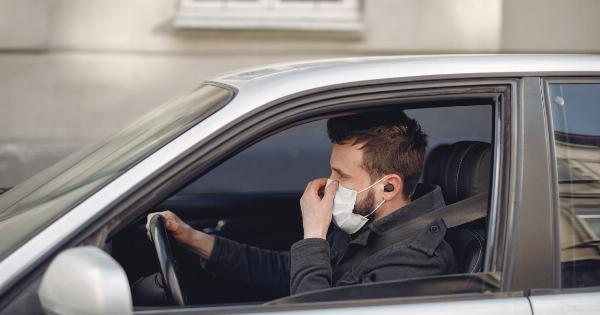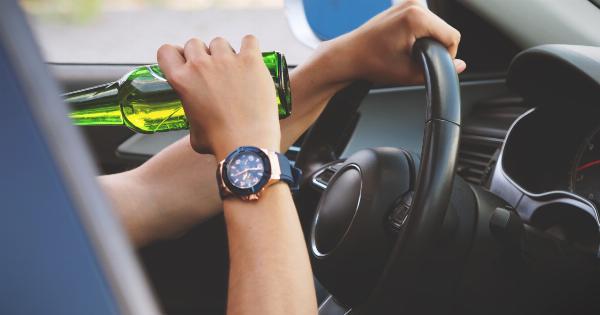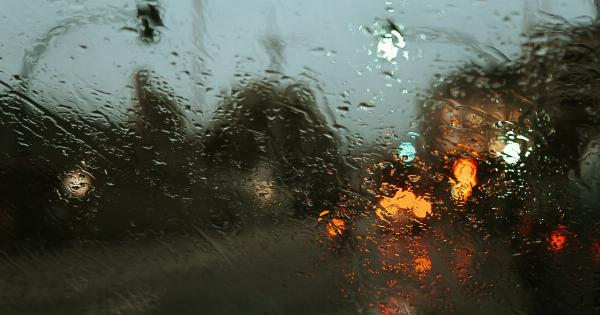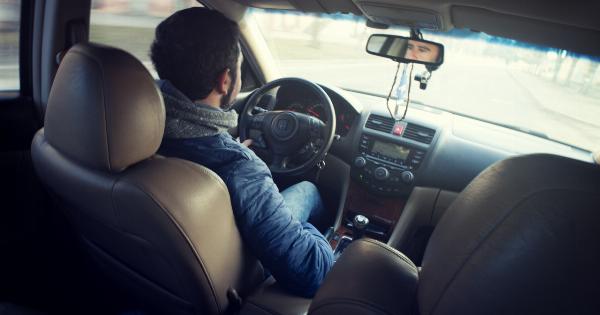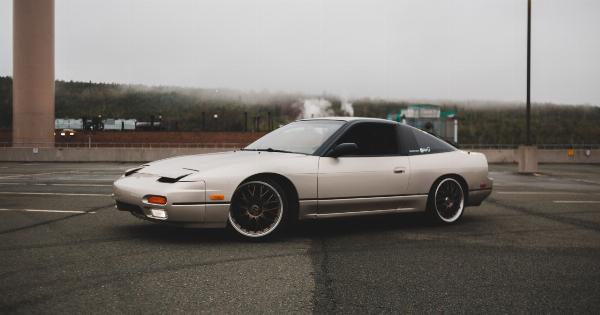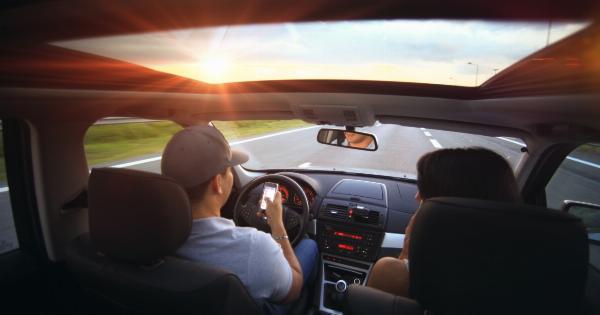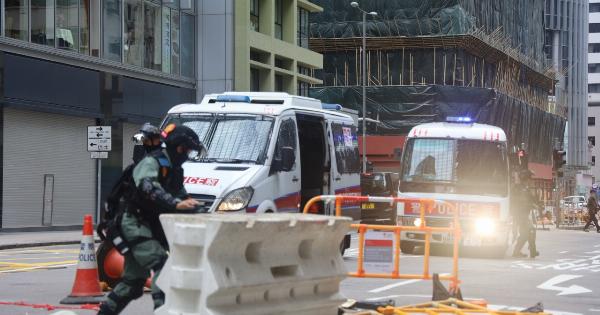Have you noticed how people communicate on the road? It’s often a mixture of signals and audible cues, some official, some created by drivers themselves.
But there is one move that is universally recognized and can be found all over the world, and that’s the “courtesy wave” or the “thank you wave.” It’s a necessary and useful gesture, but when done too often or at the wrong times, it can become an irritating move that can provoke road rage or confusion.
What is the courtesy wave?
The courtesy wave is a non-verbal gesture that drivers use to thank each other for letting them merge, change lanes, or cross the street.
It usually involves raising one’s hand, or nodding one’s head, or flashing the headlights as a way of acknowledging the other driver’s kindness. The goal of the courtesy wave is to show appreciation and to reinforce good behavior on the road.
Why do we use the courtesy wave?
The courtesy wave is an important part of driving etiquette. It’s a way of acknowledging that driving is a cooperative activity that depends on the actions of others.
When someone lets you in, they have given up a space or time that they could have used for themselves. By waving, you are thanking them for their generosity and showing that you value their contribution to road safety and traffic flow.
This can create a positive cycle of behavior, where drivers become more considerate and aware of others, and where roads become safer and more pleasant for everyone.
When is the courtesy wave appropriate?
The courtesy wave is most appropriate when someone has done something genuinely kind or helpful for you on the road.
For example, if you are trying to merge onto a crowded highway and someone slows down or changes lanes to let you in, it’s a good idea to wave as a way of saying thank you. Similarly, if you are walking across the street and someone stops their car to let you cross, a wave can show your gratitude and your awareness of their efforts.
When is the courtesy wave annoying?
The courtesy wave can become irritating when it’s done too often, too late, or too early. For example, some drivers make a habit of waving at every car that lets them in, even when there are dozens of cars doing so.
This can slow down traffic and confuse other drivers who may think there is an accident or a problem ahead. Similarly, some drivers wave before they have entered the intersection, leading other drivers to believe they are going a different way, or to slow down unnecessarily.
In these cases, the courtesy wave can become more of a distraction or a nuisance than a useful tool for communication.
How to avoid annoying others with your courtesy wave
If you want to use the courtesy wave effectively, there are a few rules you should follow:.
- Use the wave sparingly. Only wave when someone has done something unique or noteworthy, not for every single act of kindness.
- Use the wave appropriately. Only wave when you have entered the intersection or passed the other car, not before or during your maneuver.
- Use the wave clearly. Make sure your wave is visible and unambiguous. Raise your hand or nod your head in a way that can be seen from other cars.
- Use the wave sincerely. Make sure your wave is meant to express gratitude, not to show off or to mock other drivers.
Conclusion
The courtesy wave is a useful and necessary tool for driving communication. It can help create a positive and cooperative environment on the road and make driving more pleasant and safe for everyone.
However, it can also become an annoying and ineffective move if done too often or at the wrong times. By using the right timing, tone, and frequency, we can make the courtesy wave a useful gesture that benefits all drivers.
